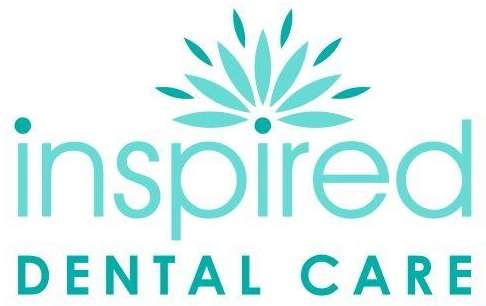Please note that we always recommend that the patient calls their insurance prior to a dental appointment to confirm if our office is in or out of network and to confirm benefits. Our office only has access to the insurance information that the patient provides us with, so it is important to provide us with any primary, secondary, and tertiary insurance policies. We also do not have access to a patient's dental history from prior offices unless provided, which can cause unexpected charges to the patient due to frequency limits. Our office attempts to verify benefits, but when we cannot, benefits are estimated. This is why it is important for the patient to be familiar with their dental policy.
Dental insurance can help lower the cost of dental care that you would have to pay on your own if you didn’t have the plan. This is how most dental plans work:
You pay a premium: This is often a monthly amount you pay for having dental insurance. If you get dental coverage through an employer, it may be deducted from your pay. If you buy a plan on your own, you pay the monthly cost directly to the insurer.
There may be a waiting period: This means you may have to wait a maximum of six months before you’re covered for dental care that goes beyond preventive oral exams.
You may need a primary dentist: Some types of dental insurance coverage may require you to choose a primary dentist. This is the dentist you will see for any problems, and they will coordinate any specialized dental care you may need. This type of policy is a DMO policy (our office is not in network with any DMO policies)
In-network or out-of-network: Depending on the plan you get, you may or may not be required to see dentists in the plan network. In-network dentists have a contracted set of fees that they can charge patients. Out-of-network dentists are not contracted and can charge their office fees. The patient is responsible for the difference between what the insurance pays and what the office charges.
Frequency and limitations are important: These terms of dental coverage tell you what you’re covered for and not covered for. For example, you can get a no-cost dental exam and cleaning once every six months. And, you may only be covered for a limited number of different types of dental care and treatment, from basic to major care.
Your dental insurance may come with a deductible: A deductible is the amount of money you must pay out-of-pocket for dental care before your plan starts to share those costs.
Annual Maximum: Your dental insurance may also have an annual maximum. This is the most your plan will pay for dental care in a plan year. After that, you will pay any additional costs for care.
Preventive dental care is often no-cost: This means you get an oral exam every six months, along with certain types of routine x-rays.
Dental insurance coverage is broken down into certain types of dental care, such as preventive, restorative, orthodontic, etc.: Depending on the type of dental plan you choose, you may have more or less coverage for certain types of dental care. This is why it’s important to plan ahead for the type of dental care you and your family might need. For example, if you expect to just need preventive dental care, maybe a basic dental plan that primarily covers preventive dental care is enough. If you expect to need things like crowns, root canals, bridges, implants, etc., then a dental plan that covers more specialized dental care and treatments may be better for you. Different procedures have different copays (amounts due at the time of service usually based on a percentage of the total fee).
